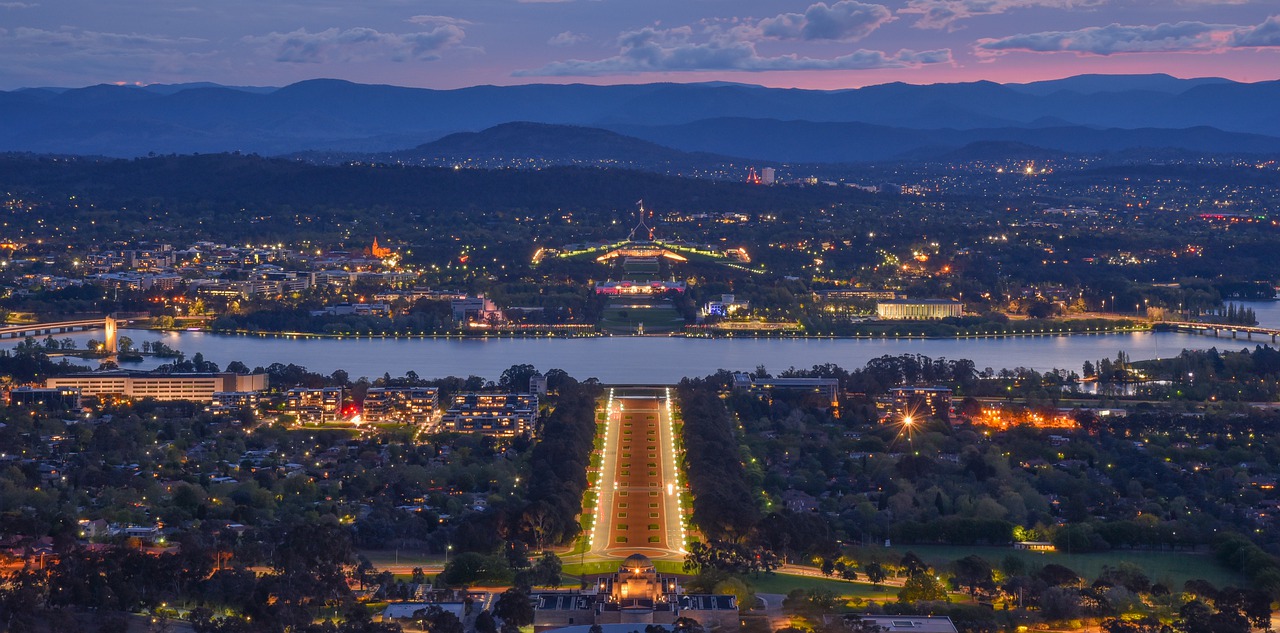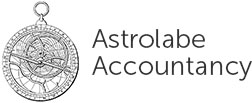Federal Budget 2022: What it means for you
 Treasurer Josh Frydenberg has released the 2022 Federal Budget ahead of a Federal election in a few months. This article has a summary of the “Winners and Losers” of the Budget and we’ve compiled a recap of the key points below. Get in touch with us if you have any questions.
Treasurer Josh Frydenberg has released the 2022 Federal Budget ahead of a Federal election in a few months. This article has a summary of the “Winners and Losers” of the Budget and we’ve compiled a recap of the key points below. Get in touch with us if you have any questions.
A Quick Overview
- Due to soaring fuel prices, the fuel excise tax will be cut in half, saving motorists 22 cents per litre.
- Low-and middle-income earners will receive an extra $420 back on their tax returns to help with the increased cost of living.
- The low and middle tax offset means qualifying individuals may get up to $1500 back at tax time. This is “temporary and targeted” assistance for certain individuals.
- Pensioners, carers, veterans, job seekers and other concession card holders will receive a one-off payment of $250.
- Wages are not forecast to grow until later this year due to higher-than-expected inflation which will continue to put pressure on the cost of living.
- Big changes to the government’s Paid Parental Leave program including “Dad and Partner Pay” now combined with “Parental Leave Pay”, extended to 20 weeks and able to be shared between partners.
- Regional Australia will benefit from investments in infrastructure projects including port and road upgrades, dams and logistics hubs and the “Regional Accelerator Program” to improve supply chains.
- The first home buyers scheme expands so people only need to have a 5% deposit to buy a house with no lenders mortgage insurance (LMI).
- 50% reduction to minimum drawdown rate for pension accounts extended to 30 June 2023.
- Half a billion dollars allocated for the National Mental Health and Suicide Prevention Plan.
- New apprentice incentive scheme to replace the one ending 30 June.
- Tax break for farmers who make money by selling carbon credits.
- $1 billion for the Great Barrier Reef, $53 million for koala conservation as well as funding for National Parks and planting trees for the Queen’s platinum jubilee.
- Subsidies for vocational education and training places for aged care workers.
- Funding to boost Australia’s cybersecurity and intelligence capabilities.
- Funding for Indigenous Rangers including encouraging women to begin work as rangers.
- Extra places for Afghan nationals and temporary humanitarian visas for up to 3 years for Ukrainian refugees.
- Expanded task force to target tax avoidance by multinationals, large public and trust groups and wealthy individuals.
Fuel Tax Cuts
In a bid to bring down the soaring price of petrol, the government is cutting the tax levied on fuel in half. The war in Ukraine has caused an increase in oil prices and with some stations charging more than $2.20 a litre for petrol. The cut will last 6 months and will save motorists 22c per litre. The ACCC will keep an eye on fuel prices to make sure this is passed on.
Tax Offsets
Pensioners, carers, veterans, job seekers and other eligible concession cardholders will receive a one-off payment of $250 to help with the cost of living. This is estimated to go to 6 million people.
Taxpayers with taxable income of 126,000 or less in 2021-2022 will receive a $420 offset on their tax returns to help with the cost of living. Including the temporary low and middle tax offset, qualifying individuals should get $1500 back at tax time.
Wages
Wages are not forecast to grow until later this year due to inflation. This means cost of living pressures will continue for the meantime.
Paid Parental Leave
The Paid Parental Leave (PPL) scheme will have some changes. Instead of offering two separate payments — two weeks of “Dad and Partner Pay” and 18 weeks of “Parental Leave Pay” — these will now be combined, meaning parents can choose to split the leave between them however they’d like.
Single parents will also be able to access the full 20 weeks of leave.
The income test will be adjusted to include a household income threshold of $350,000 a year.
Regional Australia
Billions have been set aside to help Regional Australia with “nation-building infrastructure projects”. The funding may go towards everything from upgrading ports and roads to building dams and logistics hubs and certain regions.
A “Regional Accelerator Program” will bring together schemes designed to improve skills, education and supply chains in Regional Australia.
First home buyers
The first home buyers scheme expands so people only need to have a 5% deposit to buy a house with no lenders mortgage insurance (LMI). The number of places will increase to 35,000 but there are rules on eligibility.
Mental Health
Half a billion dollars has been allocated for the National Mental Health and Suicide Prevention Plan. Those on a mental health plan will again receive an additional 10 partially-Medicare subsidised visits to a psychologist, as was first announced during the pandemic.
Apprentices
A new incentive scheme will be created to encourage businesses to take on apprentices and hand new apprentices some cash.
The Boosting Apprenticeship Commencement scheme will end on June 30. The Australian Apprenticeships Incentive Scheme will replace it but will offer lower wage subsidies and only for “priority” occupations. The priority list hasn’t been announced just yet.
Farmers
Farmers that make money by selling carbon credits will receive a tax break.
The Environment
The big spend here is $1 billion for the Great Barrier Reef, particularly water quality, reef management and research. There’s also $53 million for koala conservation as well as funding for National Parks and planting trees for the Queen’s platinum jubilee.
$60 million has been added to the government’s recycling fund in order to find new and innovative ways to make recycling more efficient. The funding is to develop “advanced plastic recycling technology” which will better recycle soft plastics like chip packets. This will contribute to the government’s target to have 70% of plastic packaging recycled or composted by 2025.
Aged Care
Last year’s budget included $17.7 billion for aged care. This year includes subsidies for 15,000 vocational education and training places for the aged care workforce (both existing and new to the sector).
Cyber
A significant part of the budget has been allocated towards boosting Australia’s cybersecurity and intelligence through data analysts, computer programmers and software engineers.
The government has warned about potential cyber attacks from China and Russia and has urged businesses to update their systems to defend against future attacks.
Indigenous Rangers
The government will spend more than $636 million to create around 2,000 more ranger jobs by 2028 in regional and remote parts of the country. The funding will also encourage more Indigenous women to begin working as rangers.
Refugees
Australia’s humanitarian program will have extra places for 16,500 Afghan nationals and temporary humanitarian visas for up to 3 years for Ukrainian refugees.
Tax Avoiders
There’s also funding for an expanded task force to target tax avoidance by multinationals, large public and trust groups and wealthy individuals.
Get in touch
Got a question about how this budget will affect you? Get in touch with us today. We’ll keep you updated as more information is released.
